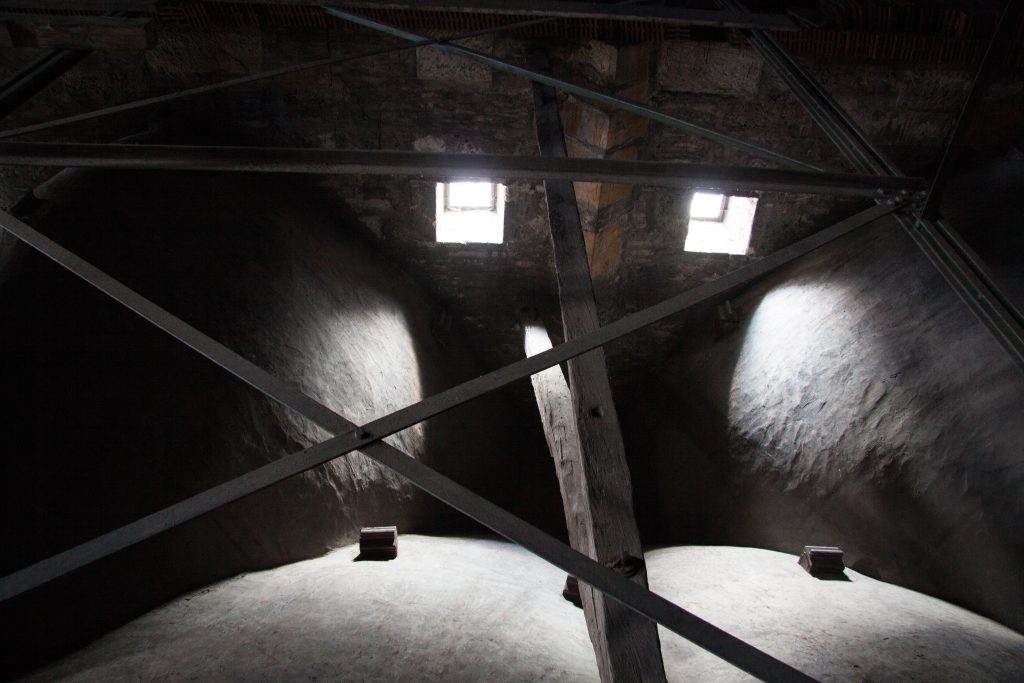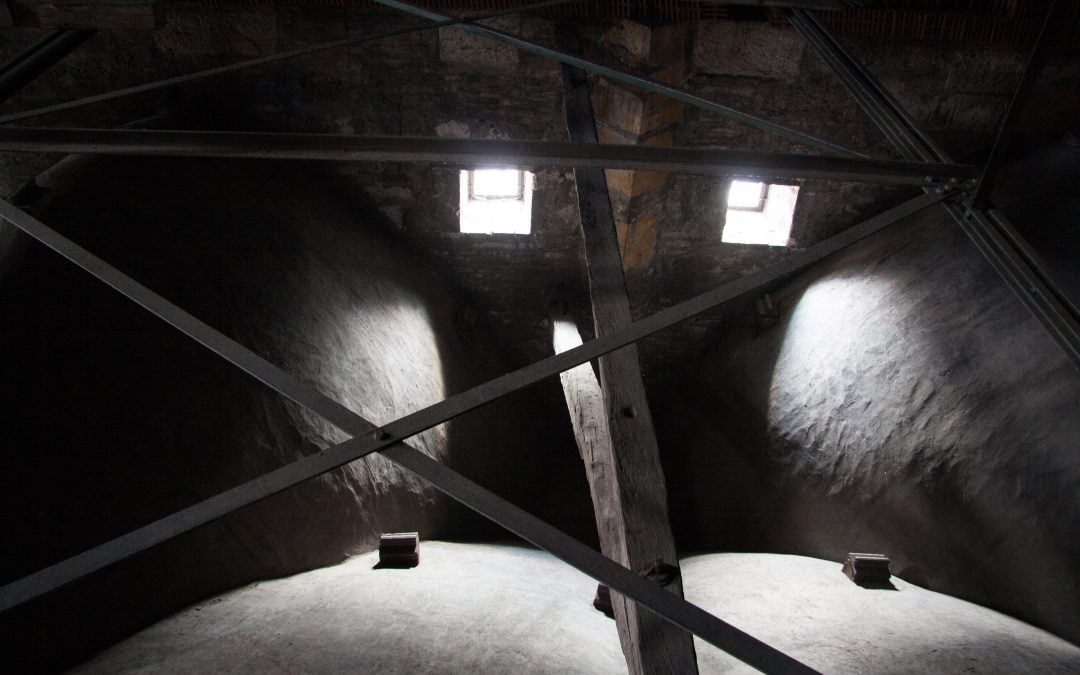Concrete suffers permanent damage once it is exposed to fire. Due to safety reasons, fire-damaged concrete should be restored or replaced by professionals soon after the fire damage event. Cleaning the concrete is a laborious task but can be done using the following steps.
What is concrete?
Consisting of cement, fine sand, gravel and water, concrete is a durable material. Due to its resilience, it is a highly desirable building material. Concrete is also versatile for use in construction. It can be used to build almost any part of a structure, whether residential or commercial.
Where is concrete used?
Residential homes feature concrete. Homes may be built with concrete foundations, driveways, paving, and patios. Structural reinforcement is achieved with concrete. Concrete floors are not easily dented or scratched. Stairs made of concrete, like those to upper lofts, provide a safe, stable base.
Commercial businesses also include concrete structures, such as parking lots, pavements, and roads. Concrete can be used for fencing, as it is easier to install than traditional fencing and more attractive. When fire occurs, any of these components can become damaged.
How does fire damage concrete?
Despite concrete being a highly fire-resistant material, it is subject to severe damage after being scorched by flames. Intense heat weakens the concrete, causing it to lose its structural strength. Plus, the heat triggers a number of chemical and mechanical changes.
These changes include spalling, whereby the concrete cracks and delaminates from the substrate, and cracking, which causes it to expand and dehydrate. Fire-damaged concrete may turn pink due to the chemical changes. Carbonation also occurs, where the cement paste breaks down.
Besides the soot, fire-damage produces foul odors. The smell of the fire penetrates deep into the concrete, more so than on its surface. As a result, the offending odors linger long after the visible layers of soot are cleaned off. Professional restorers remove the odors from the concrete, as well.
The longer the fire burns, the more damage it causes. Since fire changes the physical characteristics of concrete, it is usually unsalvageable after the fire event. But fire damage can be more cosmetic than structural. In these instances, the soot can be cleaned off the concrete via a straightforward process.
How is concrete cleaned after a fire?
Before cleaning the fire-damaged concrete, it is imperative that a structural engineer examine it to ensure it is safe. Upon clearance by the professional, cleanup may begin. The cleanup usually involves removing the soot, which is readily absorbed by the porous concrete.
The soot covering the concrete is toxic. The substance contains carcinogens, which pose a danger when inhaled, ingested or absorbed through the skin and eyes. Health issues can develop, such as cancer, coronary heart disease, and bronchitis. Pre-existing respiratory issues worsen upon exposure to the soot.

Unaddressed fire damage can lead to structural issues. Due to this reason, property owners are advised to take swift action after the fire event and consult ServiceMaster S&R Systems.
Option 1: Wash the Concrete
Cleanup of the fire-damaged concrete starts with washing the soot away with water and chemicals, such as bleach and muriatic acid. The latter chemical is corrosive and can lead to skin damage when applied without wearing personal protective equipment (PPE).
Using water and the abovementioned chemicals to clean away soot is a lengthy process, as it usually involves multiple attempts. Plus, liquid-based chemical cleaners should be carefully collected to prevent runoff into the nearby storm drains and sewers. This is another reason cleanup should be left to pros.
Option 2: Exfoliate the Surface
Another option to clean concrete after a fire is to exfoliate the surface with abrasive blasting or dry ice blasting. This process brings out the clean surface below. Exfoliating the concrete surface is an effective cleaning method; however, it is costly and requires training to utilize the equipment properly.
Professional restoration experts are trained to operate the pricey equipment necessary to exfoliate the surface of fire-damaged concrete. Plus, they utilize special chemical cleaners to remove the smoke damage safely and efficiently. Such a task is dangerous for the average homeowner.
Why should cleaning fire-damaged concrete be handled by pros?
Whether choosing option one or option two to clean the fire-damaged concrete, it is a difficult process. Soot has the tendency to cling to surfaces, making the cleanup time-consuming and requiring several rounds before it is removed successfully from the concrete.
Cleaning concrete after a devastating fire is best left to licensed fire damage restoration experts. Not only do they possess the training, ability, and equipment to perform the task efficiently and safely, but they can render the concrete cleaner than prior to the fire.
Fire-damaged masonry surfaces, like concrete, must be checked by a structural engineer. This professional utilizes their skills to correctly judge whether the material can be repaired or replaced. If the concrete is salvageable, the next step is to have it cleaned by fire damage restoration experts.
Whether a home fire or commercial fire damage happens, leave the cleanup of the fire-damaged concrete to the skilled fire damage restoration technicians at ServiceMaster S&R Systems. We specialize in fire damage cleanup of all sizes and all ranges of materials.
Technicians arrive at your fire-damaged property and assess the extent of damage. Upon developing a customized cleanup plan, we begin the restoration process immediately. We perform pre-cleaning for smoke and soot. Our specialists also clean the soot from walls and ceilings.
We thoroughly deodorize the home so that the offensive smoke odors no longer linger and the air quality improves. Reconstruction services are offered. Conveniences that property owners are encouraged to make use of include our content cleaning and pack-out services.
Unaddressed fire damage can lead to structural issues. Due to this reason, property owners are advised to take swift action after the fire event and consult ServiceMaster S&R Systems. Our services help limit the spread of fire damage, which continues long after the actual fire is extinguished.
Residential homeowners and business owners in Aurora, Naperville and Joliet, Illinois, choose ServiceMaster S&R Systems for our efficient, professional, and comprehensive fire damage restoration services. Call us when fire damage strikes. We’ll return your property to its pre-loss condition quickly.

